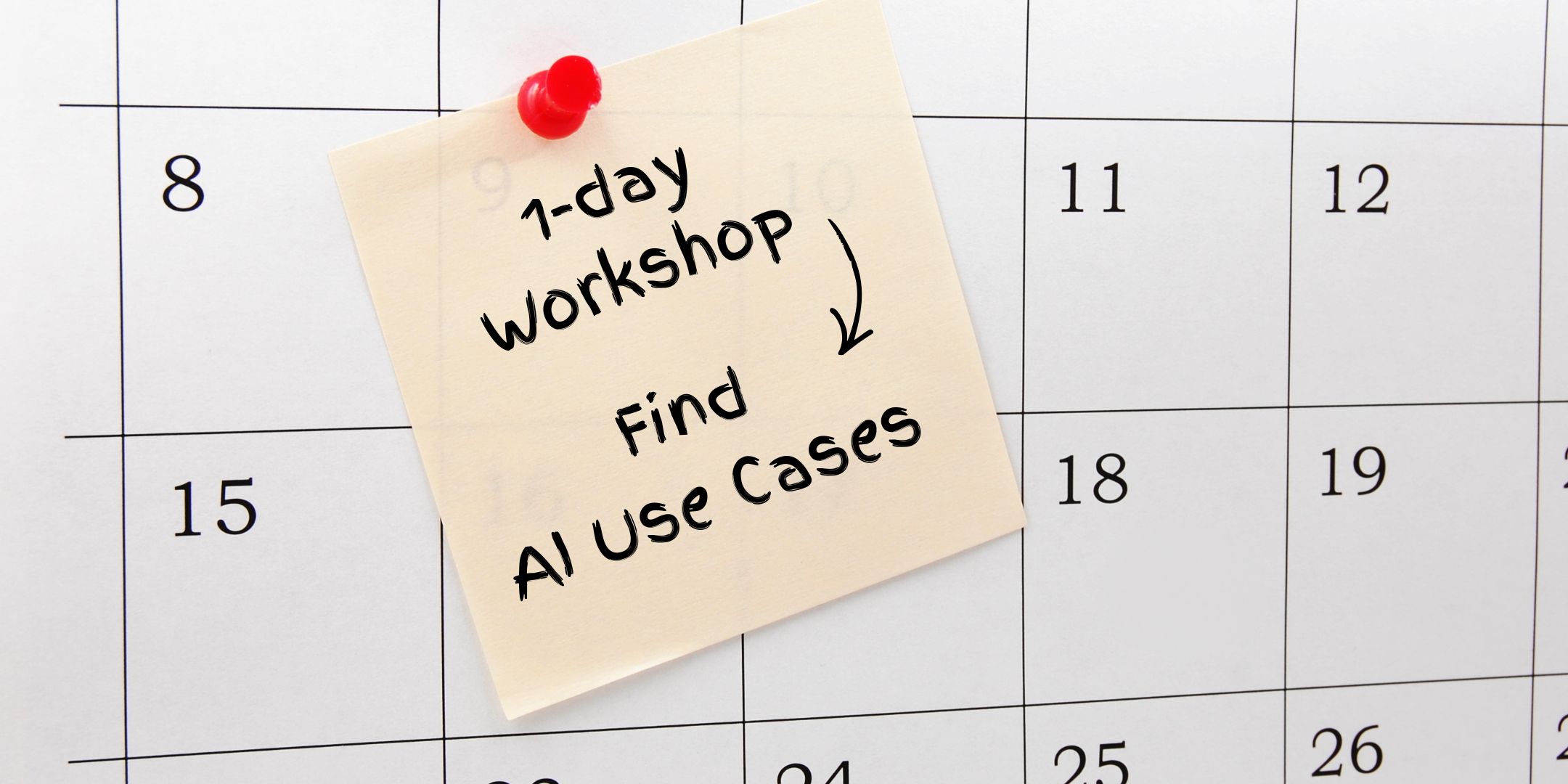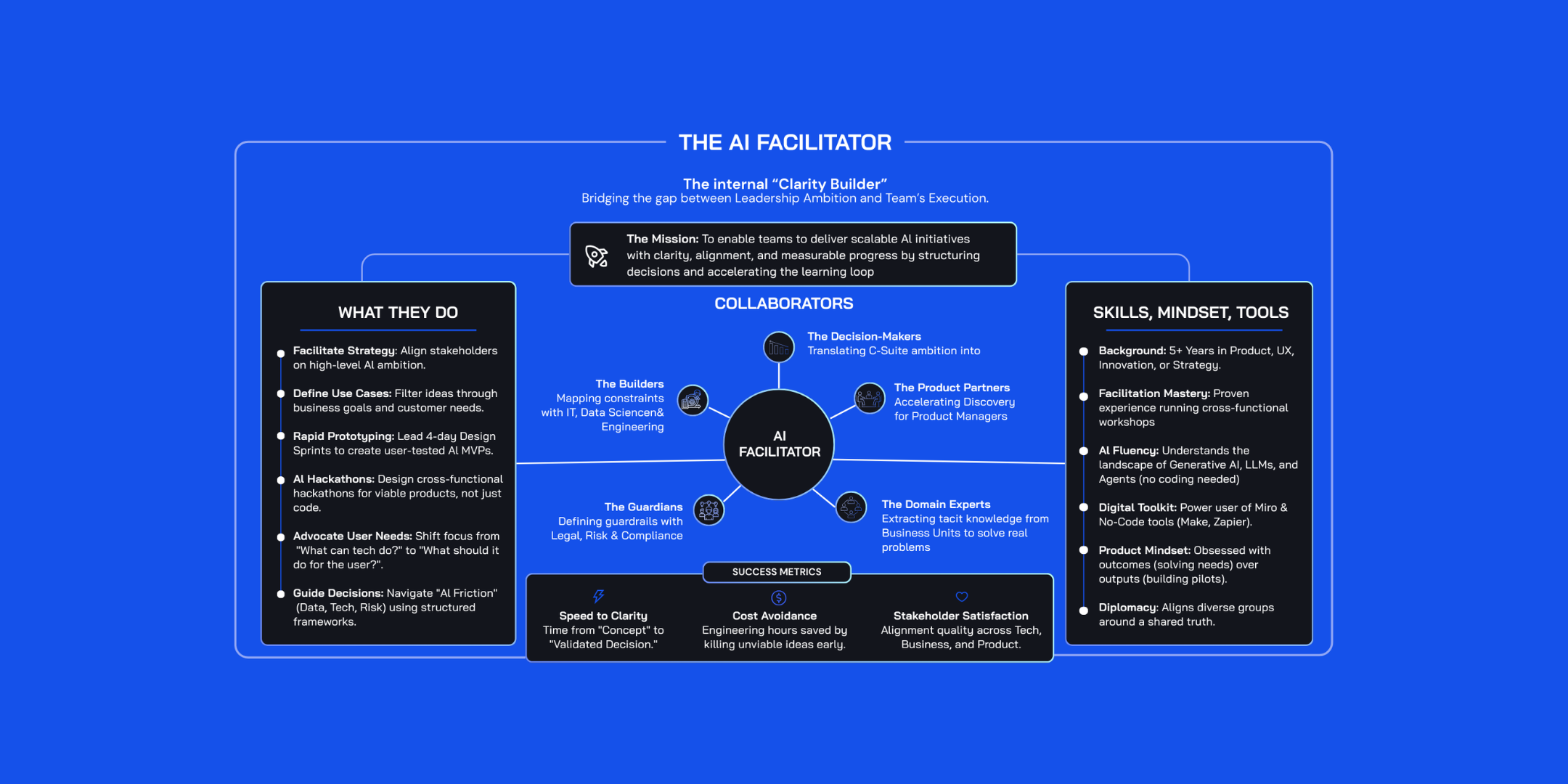Design Sprint Facilitation: What Not to Do

It’s only human to want to make things easy. However, this pursuit can be a slippery slope in the world of Design Sprint Facilitation, especially for novices. The difference between an expert and a novice facilitator becomes starkly apparent in how they navigate this terrain. While experts understand the delicate balance between process integrity and adaptability, novices often resort to shortcuts, mistakenly believing these will streamline the process. However, these 'hacks' can undermine the very essence of a Design Sprint, leading to subpar outcomes and a misalignment with the core objectives of the sprint.
The so-called hacks we've see promoted are:
Hack #1: Stop all discussions by using the note-and-vote method extensively.
Talking is overrated, and teams can align and make risky decisions in silence by simply writing ideas on post-it notes and voting with dots.
Hack #2: Remove the Deciders from the process.
Deciders have a personal agenda anyway, and they only care about imposing their solution to the team. They are pretty opinionated and are very focused on results, killing the joyful and playful team spirit.
Hack #3: Don’t include the customer in the process until the very end.
There’s no point in bringing in the customer perspective early since there’s testing at the end. Talking with customers from the beginning requires time and effort, and the team already knows what the customer problem is.
In our experience, these three hacks can have the opposite effect and cost the sprint success. That’s hard to see as these tactics seem to work, making it easier for the Facilitator to manage the process and tick all the boxes in their schedule. But in the background, the team might be completely lost and misaligned due to the lack of conversations, direction, and hard facts.
“The easy way out usually leads back in”
— Peter Senge
Here are three tips that work and we encourage facilitators to do instead:
1. Encourage healthy debates
Any group of people will need to shift their perspectives to align and reach a consensus. People will change their point of view and embrace change only by listening to others, learning what others know and seeing things through their eyes.
This means the Facilitator will have to manage sometimes difficult conversations, but the effort will be totally worth it.
2. Collaborate with the Decider
Research shows that for team members to feel safe, trust each other, and express their opinions freely, they need strong leadership. In a design sprint, the Decider is the one who guides the team with vision and personal accountability.
Facilitators need to understand the critical role a Decider plays during a sprint and work together towards a common purpose — to help the team perform.
3. Build empathy with the Customer
When you want teams to create human-centric solutions, you need to start with the “human” first. When a team manages to build empathy with the customer early on, they become more engaged, more passionate about solving that problem, and easier to align towards a common purpose. The outcomes will be better as the team will work with customer insights rather than their assumptions.
Facilitators need to find and bring these customer insights into the process and create a seat at the table for the ultimate beneficiary of a design sprint: the Customer.



.jpg)





